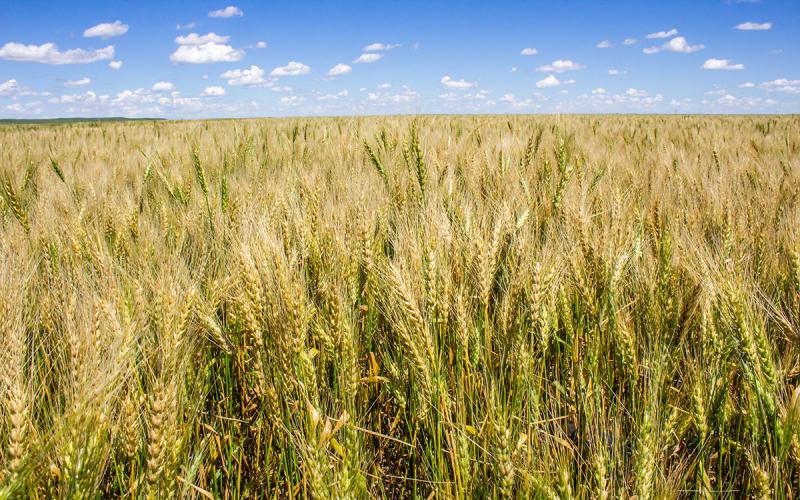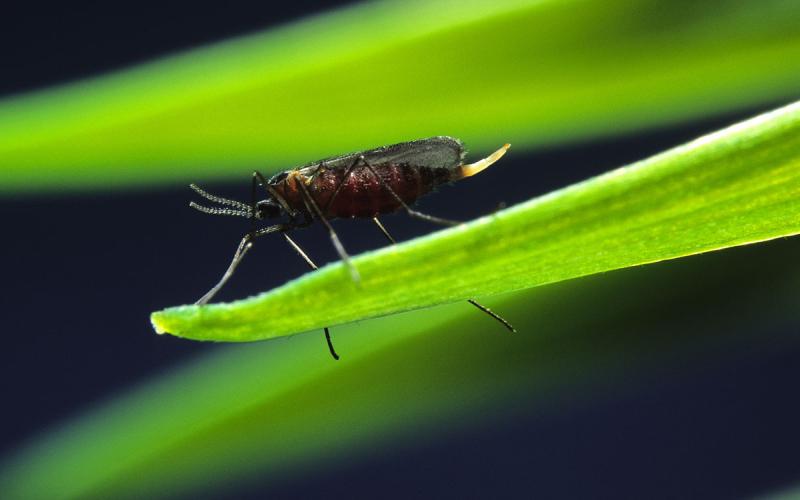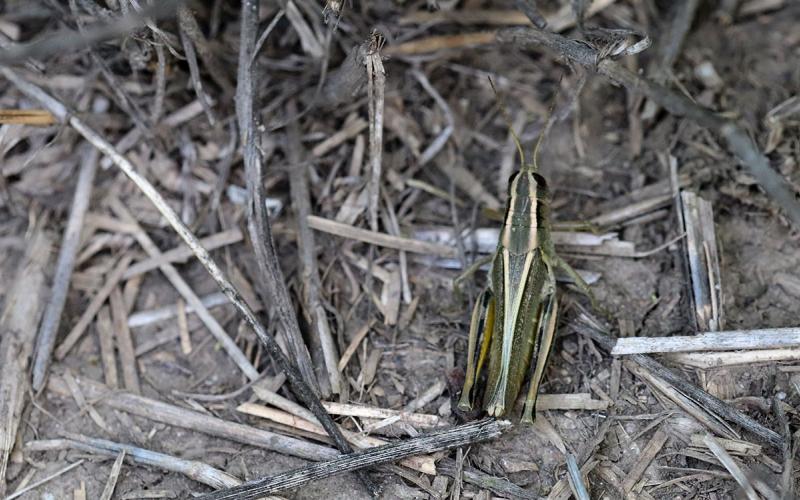Unlike other crops, winter wheat usually goes through a series of stressful conditions due to unpredictable weather conditions in fall, winter, and spring. The 2018-2019 winter was a harsh one and will likely stay in memories for a long time. Under normal circumstances, wheat seedlings go into dormancy after gradual acclimation to cooler fall temperatures, and remain dormant through the winter months. Once the temperatures start rising again in the spring, wheat plants start to re-grow or ‘green up’.
Every winter, growers are curious if their wheat field will survive the winter. Not enough snow cover during the coldest days, spring flooding, and ice injury are the main reasons for plants to die. The only way to get a true assessment of winter survival is to scout the field in the spring.
Conducting a Stand Count
The stand counts can be taken once the plants have come out of the dormancy and start to ‘green up’. The stand count taken on plants per square foot basis from multiple locations in the field can provide an accurate estimation of winter survival. The ideal plant population growers should target is 28 live plants per square foot. One thing to note is that the percent reduction in plant population does not always mean the exact same percentage is reduced in terms of grain yield. Once growing conditions improve, plants that survived usually tend to compensate for grain yield by forming more tillers. The tables below show the relationship between final stand and expected grain yield, and the conversion of linear distance of one wheat row to one square foot.
| Row Width (inch) |
Row Length Equal to 1 Square Foot (inch) |
| 7 | 20.5 |
| 7.5 | 19.25 |
| 8 | 18 |
| 10 | 14.4 |
| Final Stand (%) | Potential Yield (%) |
| 100 | 100 |
| 80 | 100 |
| 60 | 90 |
| 50 | 70-80 |
| 40 | 60-70 |
| 20 | 40-50 |
Estimating Field Damage
Another indoor method outlined below can be used prior to estimate the extent of damage in the field.
- Dig-up whole plants from the suspected area at least three inches beneath the soil surface containing the plant crown.
- Bring plant samples to room temperature to thaw-out.
- Wash-off soil from the roots with cold water.
- Cut-off fall growth to within 1 inch above the crown and roots below the crown.
- Rinse the crowns with cold water.
- Place 10 wet crowns in a plastic bag, inflate the bag, and tie shut.
- Place the bags in a lighted room, but not in direct sunlight.
- Check the crowns in two days, rinse with cold water and re-inflate the bag.
- After four days, crowns should show about two inches of new growth.
- Plants that do not show any growth after six days can be considered dead.
Suggested Reading: C. Lee, J. Herbek, D. Sanford, and W. Bruening. Wheat Cultural Practices. University of Kentucky Extension.


